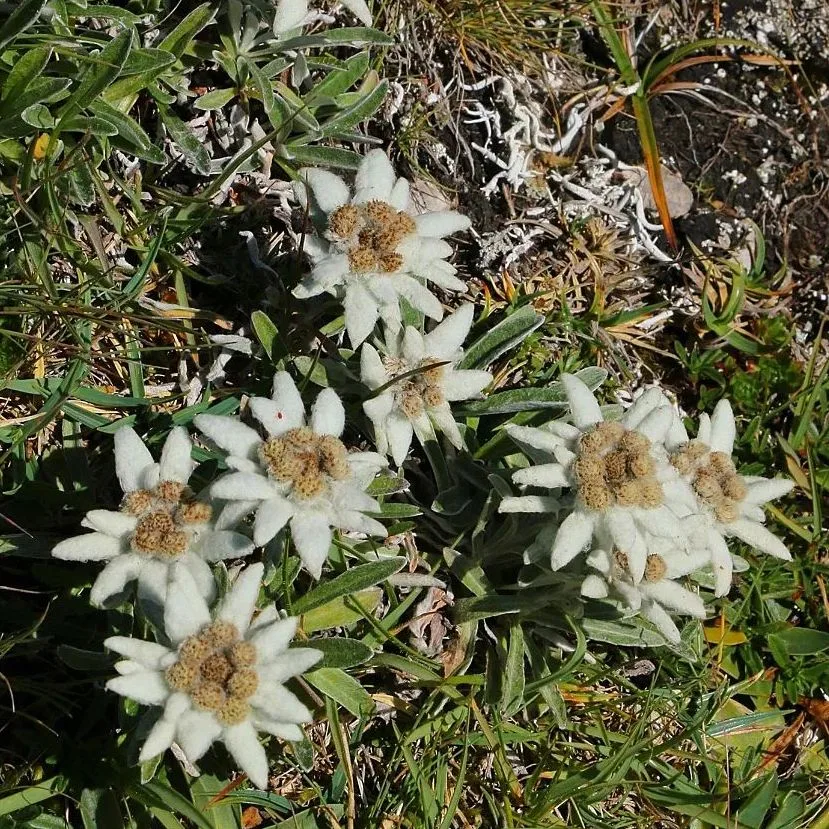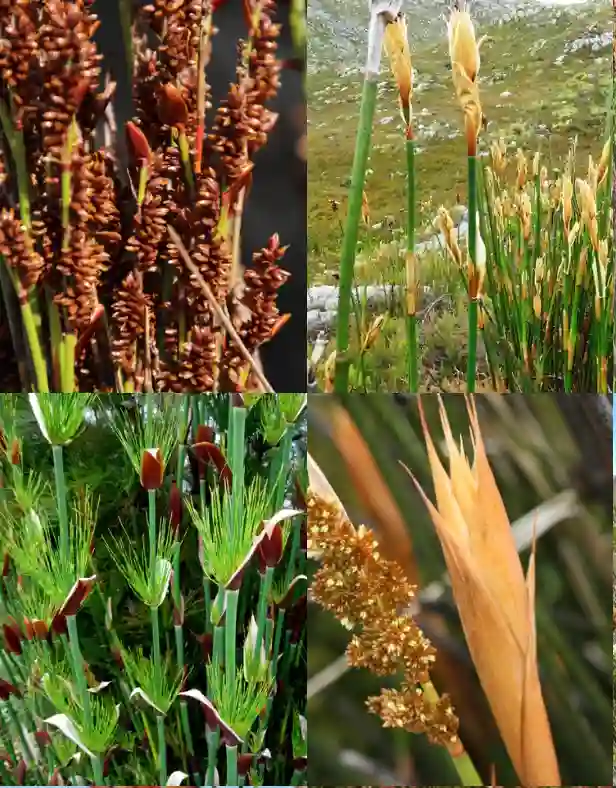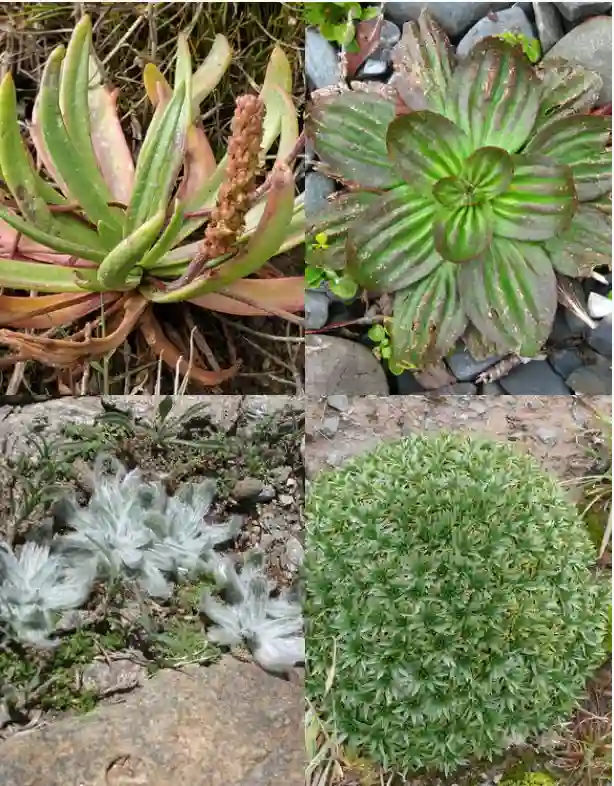Absolutely, Ferb Vu here! Let’s delve into the fascinating world of Pelargonium Radens, also known as the Rasp-leaf Pelargonium. This attractive plant is a popular choice for gardeners due to its fragrant foliage and delicate flowers. In this FAQ, we’ll explore everything you need to know about caring for Pelargonium Radens and uncover its unique characteristics.
287 Species in Genus Pelargonium
What is Pelargonium Radens?
Pelargonium Radens is an evergreen perennial shrub native to South Africa. It belongs to the Geranium family (Geraniaceae) and boasts stunning deeply cut, triangular, grayish-green leaves that emit a delightful rosemary-like scent when brushed against. During the summer months, Pelargonium Radens graces you with clusters of small, pink-purple flowers, followed by intriguing little curly-tailed brownish seeds.
How do I care for Pelargonium Radens?
Caring for Pelargonium Radens is a breeze! Here’s a quick guide to keep your plant thriving:
- Sunlight: Pelargonium Radens flourishes in bright, indirect sunlight. Avoid harsh afternoon sun, which can scorch the leaves.
- Soil: Well-draining, sandy loam soil is ideal. Ensure your pot has drainage holes to prevent waterlogging.
- Watering: Water regularly during the growing season, allowing the top inch of soil to dry out between waterings. Reduce watering in winter.
- Fertilizing: Apply a balanced fertilizer during the growing season once a month. Hold off on fertilizing during winter.
- Pruning: Regular pruning encourages bushier growth and promotes flowering. Prune lightly throughout the growing season and give it a more significant haircut in late winter or early spring.
Can I grow Pelargonium Radens indoors?
Absolutely! Pelargonium Radens makes a fantastic houseplant. Place it in a sunny location near a south-facing window. Ensure proper ventilation and maintain consistent moisture in the soil. During winter, you might need to reduce watering slightly and provide additional humidity, especially if your home has dry air.
How do I propagate Pelargonium Radens?
Propagating Pelargonium Radens is straightforward. You can multiply your plant through stem cuttings or seeds.
- Stem Cuttings: Take cuttings in spring or summer. Select healthy, non-flowering stems with a few nodes. Remove the lower leaves and dip the cut end in rooting hormone. Plant the cutting in a pot with moist, well-draining soil and place it in a warm, well-lit location. Keep the soil moist but not soggy. Roots should develop within a few weeks.
- Seeds: Sow seeds in early spring in pots with moist, well-draining soil. Cover the pot with plastic wrap to create a mini greenhouse environment. Keep the soil warm and germinate in indirect sunlight. Once seedlings emerge, remove the plastic wrap and nurture them in brighter light until ready to transplant.
What are the common problems with Pelargonium Radens?
Pelargonium Radens is a generally trouble-free plant. However, here are a couple of issues to watch out for:
- Overwatering: The most common problem is overwatering, which can lead to root rot. Ensure proper drainage and adjust your watering frequency accordingly.
- Pests: Aphids and mealybugs can occasionally target Pelargonium Radens. Insecticidal soap or neem oil spray are effective solutions for these pests.
Can I compare Pelargonium Radens with other plants?
Sure! Here’s a comparison of Pelargonium Radens with two frequently confused plants:
- Pelargonium Crispum (Lemon Geranium): Both Pelargonium Radens and Pelargonium Crispum have beautiful, fragrant foliage. Pelargonium Crispum’s leaves are more ruffled and possess a stronger lemon scent, while Pelargonium Radens has a rosemary aroma. Pelargonium Crispum tends to be a smaller plant compared to Pelargonium Radens.
- Pelargonium Graveolens (Rose Geranium): Pelargonium Graveolens, also known as the Rose Geranium, shares similar fragrant foliage with Pelargonium Radens. However, Pelargonium Graveolens boasts more rounded, heart-shaped leaves and a more pronounced rose scent. Their flowers differ as well; Pelargonium Graveolens produces deeper pink or magenta blooms compared to the pale pink-purple flowers of Pelargonium Radens.
With its captivating fragrance, attractive foliage, and delicate blooms, Pelargonium Radens is a wonderful addition to any garden or indoor space. By following these simple care tips, you can ensure your Pelargonium Radens thrives for years to come. Happy gardening!
If i die, water my plants!



